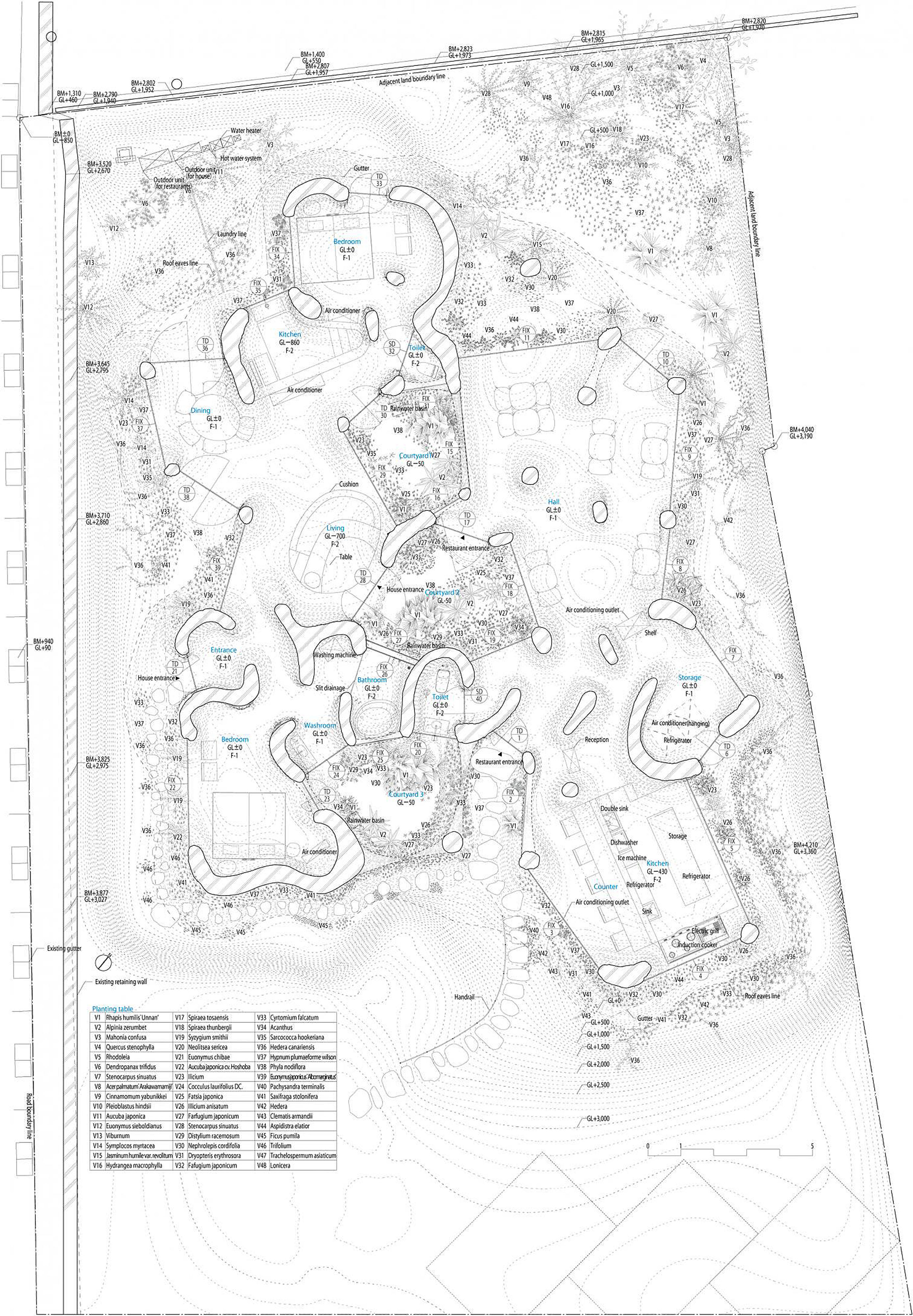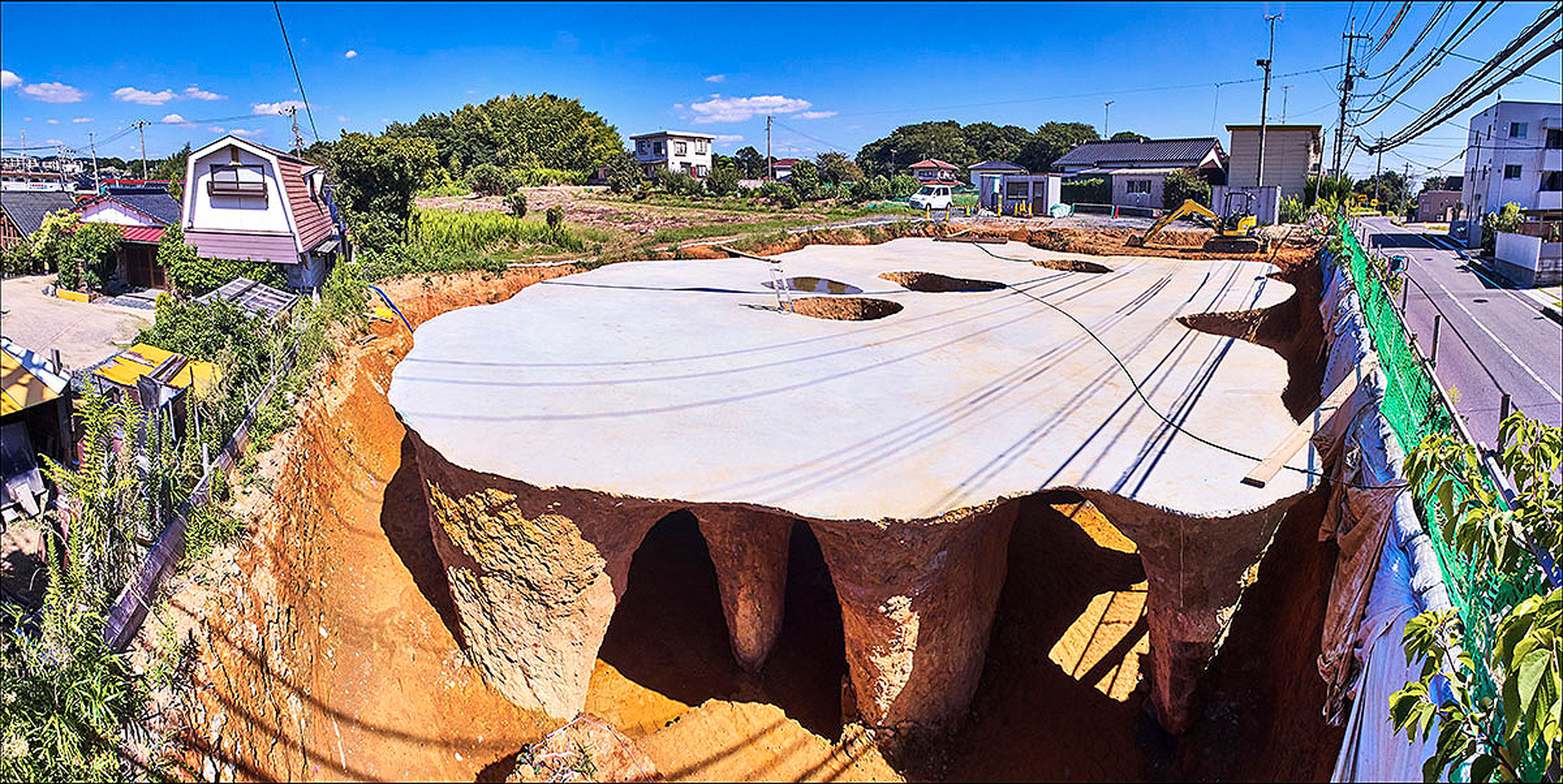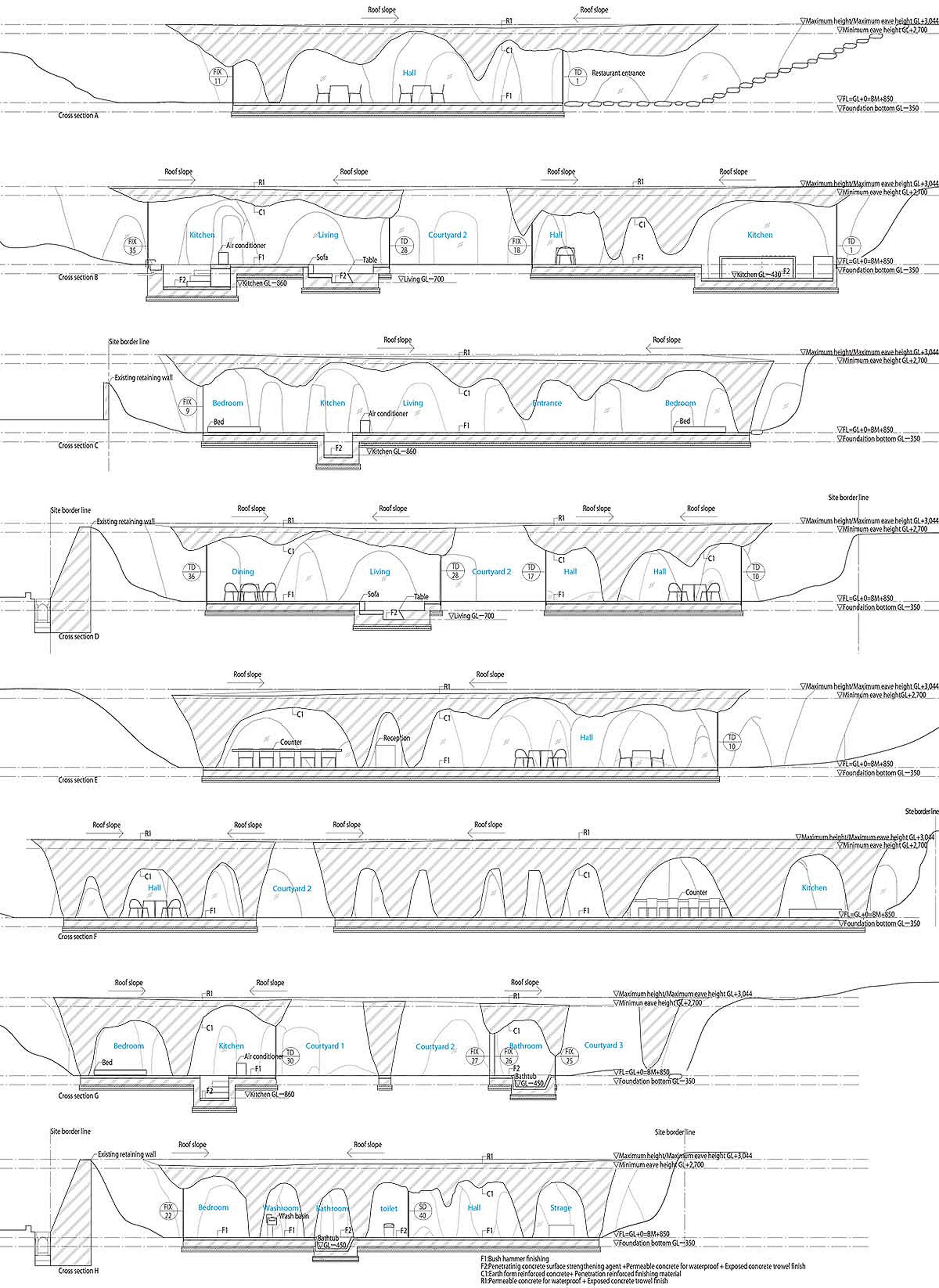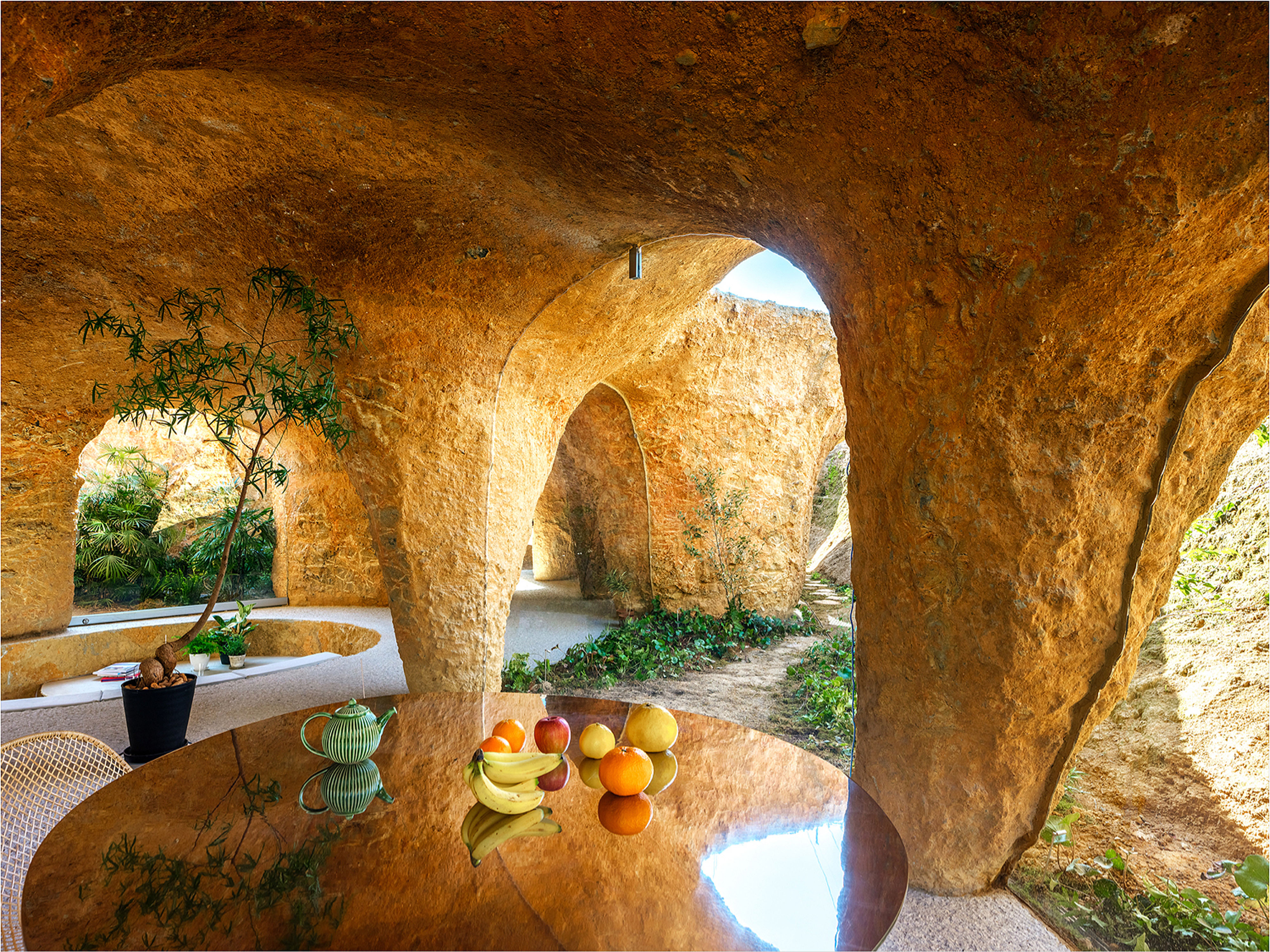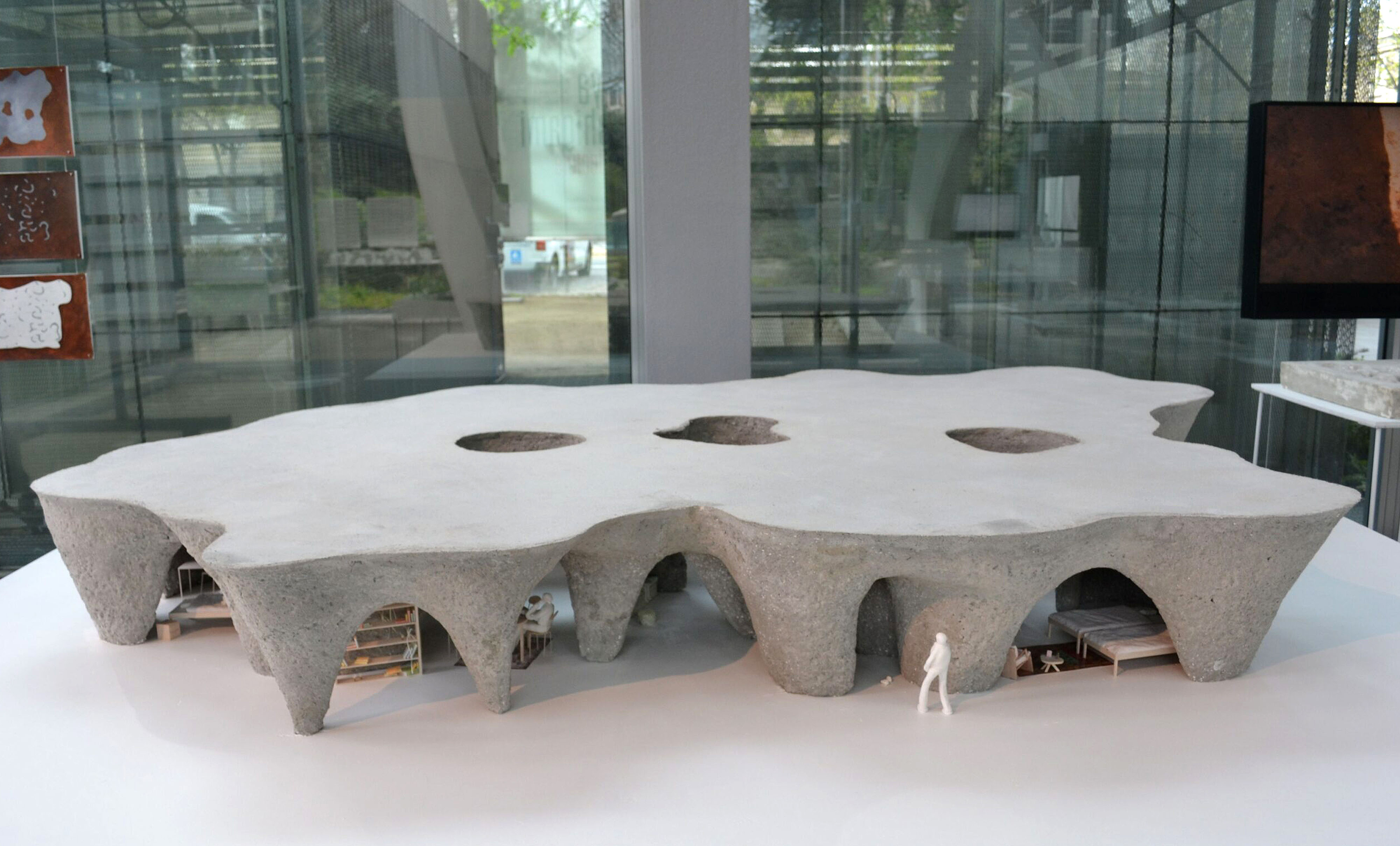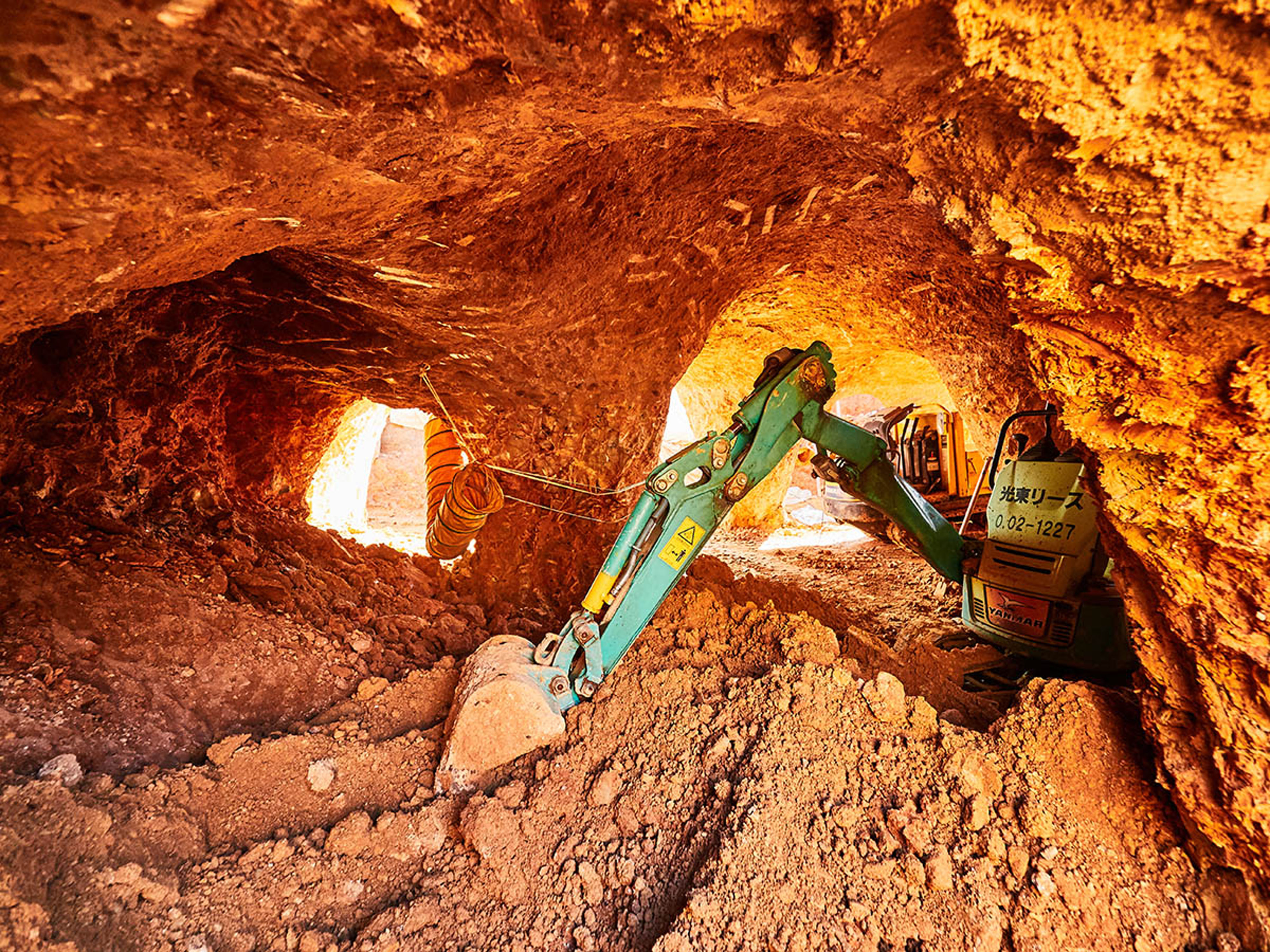

Junyi Ishigami is part of an important lineage of Japanese architects. It all began with Toyo Ito and his desire to escape the dominant tendency in postwar architecture in Japan towards heaviness of construction, partly motivated by worries about earthquake collapse, and often expressed through exposed reinforced concrete (think Kenzo Tange, Fuhimiko Maki, Tadao Ando, etc).
Instead, Ito spoke of a lightness and openness of structure exemplified by his Sendai Mediatheque. Ito’s office also served as a training ground for a younger generation of architects of lightness – their buildings often all-white in hue– with both Kazuyo Sejima and Ryue Nishizawa enjoying spells there. Together, Sejima and Nishizawa founded SANAA, begetting an even newer generation of architects. Junya Ishigami is the most acclaimed of this latest crop.
Ishigami has also given the lineage a new direction that involves engaging with nature, ecology, plants and soil in a far more direct – and let’s face it, muckier – manner. Whether that involves transplanting a small forest around curvaceous pools for the Art Biotop Water Garden or excavating a ditch in the ground and slinging a welded steel-sheet roof over to create a semi-open-air student forum, his projects shift the architecture of lightness towards a far less clean and smooth ethos.
The muckiest of all Ishigami’s projects has to be the remarkable house and restaurant for Motonori Hirata, a noted Japanese chef, in the southern city of Ube: the owner calls it ‘Maison Owl’. The construction video is nothing short of breathtaking. First the deep holes that were used to form the free-form column supports were dug into the earth, and copious concrete was pumped in during one continuous pour. Once the concrete set, the contractor then dug out all the earth to reveal the building’s structure that had been formed within.
What results is a building that blends the power of troglodytic rock-cut dwellings with the technological sophistication of 21-century Japan. As a sunken treasure, it is reminiscent of the way that bells were once made by casting them into the ground, or indeed of incredible earth-cut masterpieces like St George’s Church in Lalibela, Ethiopia. Japanese architecture has again arrived at a dramatic new approach.
